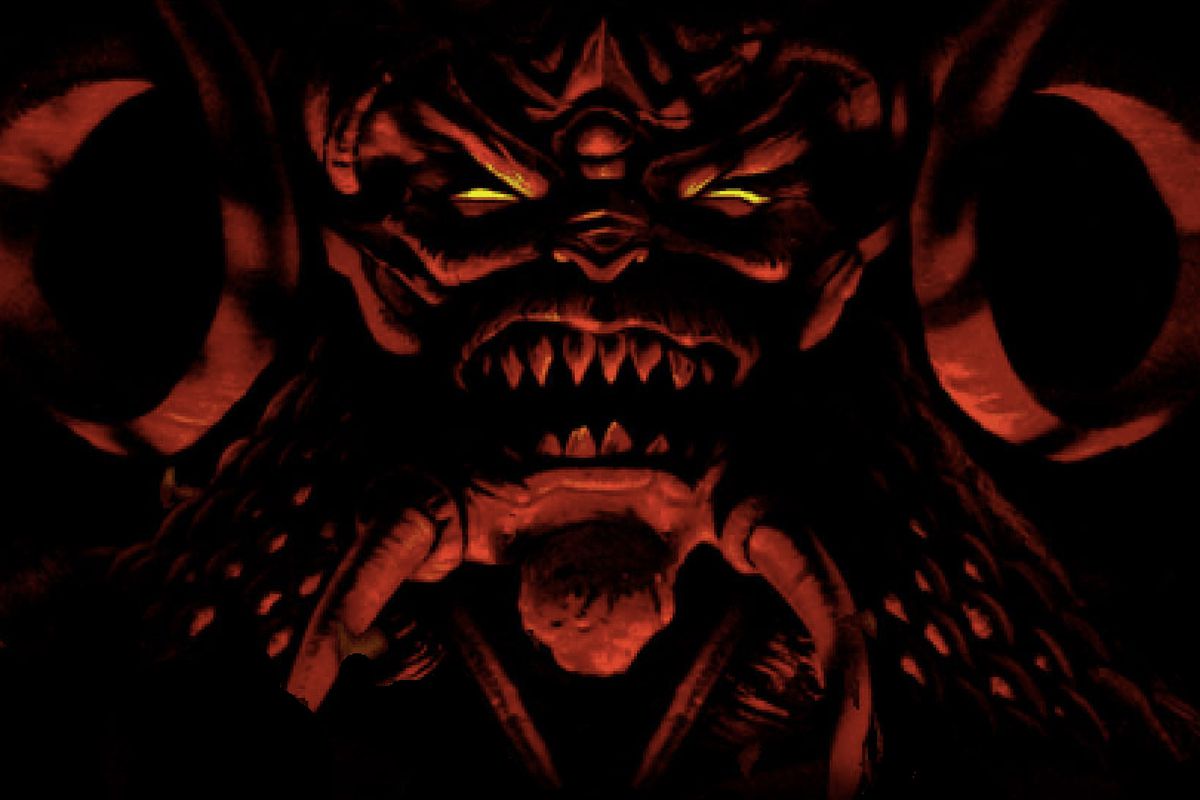Diablo 4 Season 10: A Critical Examination of New Content and Long-Term Strategy

The eagerly anticipated launch of Diablo 4's tenth seasonal iteration, officially commencing on September 23, has ignited considerable discussion within the gaming community. Preceding this significant event, Blizzard hosted a comprehensive Developer Update livestream, offering an in-depth preview of the forthcoming content. While the presentation unveiled intriguing new mechanics such as 'Chaos Armor' and 'Chaos Perks,' and outlined a content roadmap extending through the close of 2025, a prevailing sentiment suggests that this update may not fundamentally address the core issues that have challenged the game's reception. This analysis delves into the implications of these new additions and their potential impact on Diablo 4's trajectory in the competitive live-service ARPG landscape.
The announcement of Diablo 4's Season 10, slated for a September 23 debut, follows a comprehensive Developer Update livestream from Blizzard, detailing an array of new features. Among the highlighted additions are 'Chaos Armor' and 'Chaos Perks,' intended to refresh gameplay dynamics. Furthermore, the developers outlined a content pipeline designed to sustain player engagement through the entirety of 2025. However, the prevailing discourse among players and analysts suggests that while these updates introduce new elements, they may not constitute the definitive solution to the broader challenges that have influenced Diablo 4's ongoing narrative.
The Evolving Landscape of Live-Service ARPGs
The Action Role-Playing Game (ARPG) genre, particularly its live-service manifestations, operates under a unique set of expectations. Titles like Diablo 4 are not merely products at launch; they are evolving ecosystems requiring constant cultivation. Players anticipate not only robust initial content but also a steady stream of meaningful updates, balance adjustments, and innovative mechanics that prevent stagnation. The historical lineage of the Diablo series itself, from its foundational impact on the genre to its modern iterations, sets a high bar. Maintaining player retention in this competitive sphere necessitates a delicate balance between novelty and fidelity to core gameplay loops, alongside a responsive approach to community feedback. The long-term viability of such a title hinges on its capacity to adapt and grow, offering compelling reasons for players to return season after season.
Season 10: Infernal Chaos and its Core Mechanics
The centerpiece of Season 10, as revealed during the Developer Update, revolves around the introduction of 'Chaos Armor' and 'Chaos Perks.' These mechanics are positioned as significant additions designed to inject new strategic depth into character progression and combat encounters. 'Chaos Armor' likely represents a new tier or type of defensive equipment, potentially imbued with unique properties or reactive abilities that trigger under specific conditions. Its integration could prompt a re-evaluation of current build paradigms, forcing players to adapt their gear optimization strategies to maximize its benefits. Similarly, 'Chaos Perks' suggest a new system of character enhancements, possibly akin to passive skills or temporary buffs that activate during gameplay, influencing offensive output, utility, or survivability. The precise implementation of these features will dictate their actual impact; whether they provide genuinely transformative gameplay experiences or merely incremental power creep will be a critical determinant of their success. The efficacy of these systems will be measured by their ability to foster diverse build crafting and offer tangible, engaging challenges that resonate with the player base beyond superficial novelty.
The Long Road to 2025: Sustaining Engagement
The declaration of a content roadmap extending through the end of 2025 is a significant statement regarding Blizzard's long-term commitment to Diablo 4. In the live-service model, such extended visibility can be a double-edged sword. On one hand, it signals stability and future investment, potentially reassuring players that the game will continue to receive development resources. On the other hand, it places immense pressure on each seasonal update to deliver substantial, high-quality content that justifies the wait and maintains player interest over what amounts to more than a year of future releases. The challenge lies not just in delivering new content, but in delivering meaningful new content that addresses deeper structural issues within the game, such as endgame variety, itemization depth, or class balance. Simply adding new systems without refining existing ones can lead to feature bloat without true improvement. Successful long-term engagement strategies in the ARPG space often involve not just expansion, but also thoughtful iteration and refinement of core systems based on ongoing player experiences and analytical data.
Broader Market Implications and Player Expectations
Diablo 4 operates within a highly competitive market, contending with both established genre titans and emerging contenders. Player expectations for modern ARPGs are multifaceted, encompassing not only engaging combat and satisfying loot loops but also robust quality-of-life features, compelling narrative arcs, and a responsive development team. The reception of Season 10, and indeed the entire 2025 content plan, will be closely scrutinized against these benchmarks. The critical sentiment preceding this update suggests a desire for more fundamental improvements rather than simply additive content. This reflects a broader trend in the gaming industry where players demand transparency, swift issue resolution, and a clear understanding of a game's developmental philosophy. How Diablo 4 navigates this landscape, particularly with its long-term content strategy, will be indicative of its capacity to solidify its position and potentially expand its player base amidst intense competition and evolving player demands.
Conclusion
Diablo 4's Season 10, with its September 23 launch, introduces 'Chaos Armor,' 'Chaos Perks,' and a content roadmap extending to the end of 2025. While these additions signify ongoing development and a commitment to new content, the underlying sentiment from the community indicates a need for more profound systemic changes. The challenge for Blizzard lies in not only delivering on its promise of new features but also in addressing the foundational criticisms that have persisted. The success of Season 10, and indeed Diablo 4's long-term trajectory, will hinge on its ability to evolve beyond merely adding new layers and instead foster a deeply engaging, continually refined experience that resonates with the high expectations of the ARPG community.
